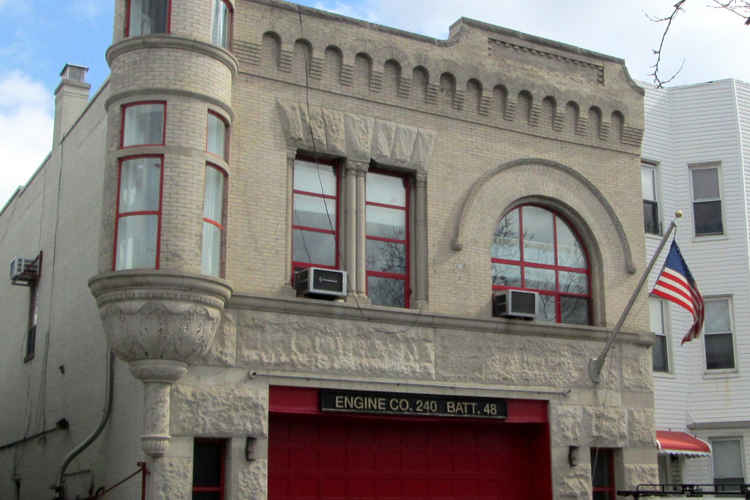Windsor Terrace
Get to know Windsor Terrace
Everything you Need and Desire
Windsor Terrace is an affluent residential neighborhood in the northwestern part of Brooklyn’s New York City borough, bordered by Green-Wood Cemetery, Prospect Park, Park Slope, and Kensington. The main shopping streets in the area are Prospect Avenue and Caton Avenue. The neighborhood is named after Windsor Terrace in Ireland.
Windsor Terrace was developed from farmland in the mid-19th century and was considered a part of the town of Flatbush.
In 1853, surveyors laid out a town of about 20 blocks on each side, bounded by a line parallel to and 740 feet (230 m) west of Fifteenth Avenue (now Prospect Park West), a line perpendicular to that avenue at about Caton Place (now 16th Street), Fort Hamilton Parkway to Greenwood Cemetery, then east along the cemetery’s northern wall. This land was sold to homebuilders, but development was slow; by 1860, only a few homes had been built.
Windsor Terrace is a great place for families with small children. There are a few restaurants and coffee shops. The neighborhood, from all of the closeness it fosters to the way the leaves change color in the autumn. Windsor Terrace has a more suburban feel with the convenience of living in the city. Easy access to Prospect Park, public transportation, and dog parks.
There are a couple of cute strips of commerce within the neighborhood — but they could use more variety in shops, restaurants, and bars (it’s not quite as hipster as Park Slope). Windsor Terrace is an excellent small neighborhood with a lot of character, quirky people, and amiable neighbors.
Visit the Zavza Seal website for more information about this lovely neighborhood.
Nearby Neighborhoods:
Windsor Terrace History & Culture
Following Vanderbilt’s death, his land was divided in two. Vanderbilt’s land were sold to William Bell, a real estate developer, in 1849. Bell subdivided the land into 47 building lots, and, unlike some other developers in the general area, was able to sell them rather quickly. Bell then renamed the area after one of the multiple places named Windsor in England. Bell sold part of the land to Edward Belknap in 1851, and Belknap subsequently built four streets on which he marked 49 lots for future “Pleasant Cottages.” The development was incorporated as the Village of Windsor Terrace, which was bounded by Church Avenue on the south, McDonald Avenue on the west, the Brooklyn–Flatbush town line on the north, and Prospect Park Southwest and Coney Island Avenue on the east. The Brooklyn Daily Eagle first referred to the area as “Windsor Terrace” in March 1854. By 1856, Belknap had lost his land due to foreclosure.
The area was generally desirable due to its prime location in the far northwest of the Town of Flatbush; close to the City of Brooklyn, yet located far enough outside it that residents of Windsor Terrace were willing to move there for its suburban ambience; and within walking distance of Brooklyn Rapid Transit’s streetcar lines. Additional blocks were developed in 1862, when the village had 30 inhabitants living in twelve houses. The village kept growing through the 1870s, boasting a Protestant chapel by 1874, a public school by 1876, and its own volunteer fire department by 1888. The village remained rural in feel until around 1900, when row houses began to be built throughout the area, at first along Prospect Park SW.

